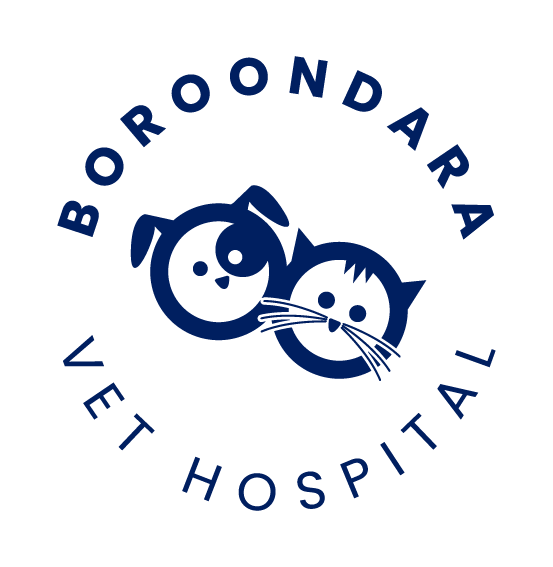Library
-
Aggression can be a serious and dangerous behaviour problem for cat owners. There are many different motivations for aggression and making a diagnosis, determining the prognosis (the chances of safe and effective correction) and developing an appropriate treatment plan are usually best handled by a veterinary behaviourist.
-
Most male animals that are kept for companionship, work, or food production (horses, dogs, cats, bulls, boars) are neutered unless they are intended to be used as breeding stock.
-
There are many different diseases that can affect the kidneys in the cat. Chronic renal failure (CRF) is the end point of a number of different disease processes. Signs can be non-specific and diffucult to distinguish from general signs of ageing. Treatments will vary with each specific disease and situation.
-
Chronic upper respiratory tract (URT) disease is a relatively common problem in cats, and can have many causes. The most common form is termed chronic post viral or idiopathic rhinitis.
-
Conjunctivitis is an inflammation of this membrane which becomes swollen and reddened often making it more visible. Conjunctivitis can affect one (unilateral) or both (bilateral) eyes.
-
All tissues and organs of the body may develop cancer (an abnormal overgrowth of their constituent cells).
-
Constipation can be defined as an abnormal accumulation of faeces resulting in a difficulty in passing bowel motions. This may result in reduced frequency or absence of defecation.
-
A cough is an expiratory effort producing a sudden, noisy expulsion of air from the lungs, usually in an effort to free the lungs of some foreign material (real or imagined).
-
Cystitis is a general term referring to inflammation of the urinary bladder. The term cystitis does not imply a specific underlying cause.
-
Cysts are hollow spaces containing liquid or solidified secretion. A few cysts form within cancers but only non-cancerous cysts are considered here.

